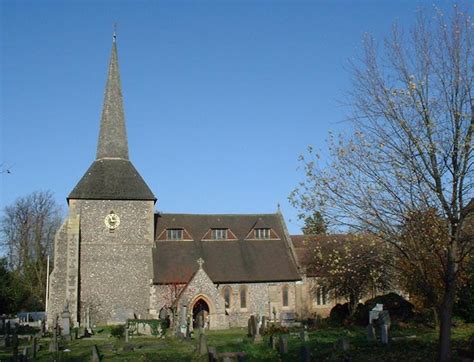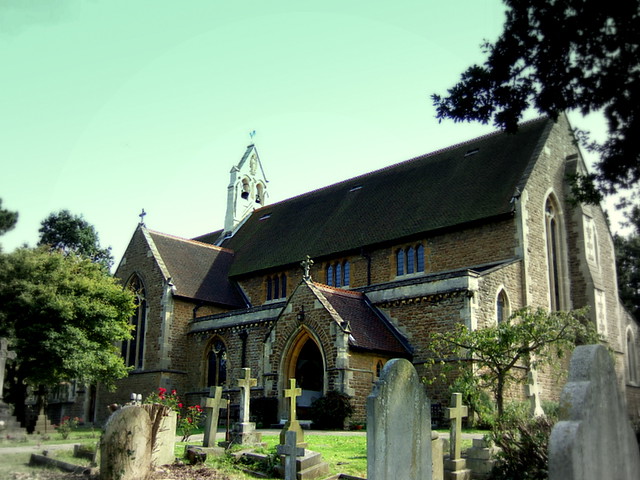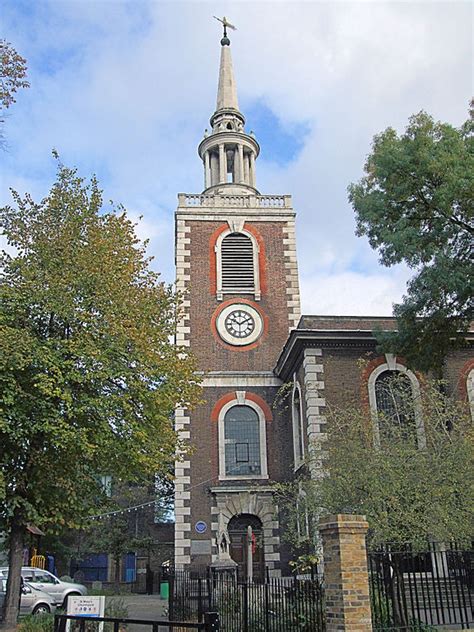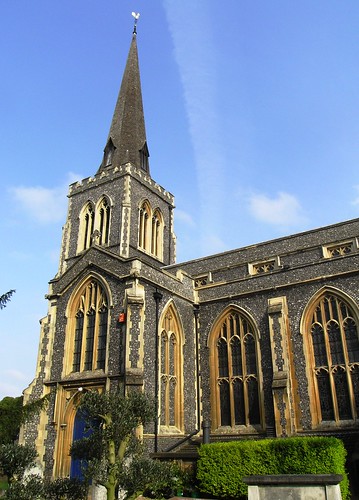
Parish Churches
Addington
Mary the Blessed Virgin
Contains records of Baptisms: 1561 – 1990, Marriages: 1561 – 1990, Burials: 1559-1996
Ashtead
An Iron Age (700 BC 43 AD) settlement was found at Ottways Lane, Ashtead
Banstead
Mentioned in the Domesday survey of 1086, the area called ‘Benestede’
Barnes
At some time between 1100-1150AD, a simple rectangular chapel dedicated to St Mary close to the C12 church
Battersea's written history starts in AD 693
Beddington
The present church building was built in the late 14th and 15th centuries, there is evidence that there was a church on this site in 1085
The first known record of the church of St Mary Magdalen is around 1290
Betchworth has two entries in the Doomsday records (1086)
The church tower dates from 1090, The most of the rest of the Church was built by 1460.
The first mention of a church in Buckland is the Domesday Book of 1086.
Parts of the church of St. Bartholomew date from the 12th century.
Camberwell
The ancient parish stretched from Boundary Lane, just north of the present Albany Road, south as far as Sydenham Hill.
Carshalton
Domesday Book records the presence of a church at Carshalton.
Caterham

The Norman Church, St Lawrence is situated on the other side of Church Road
Chaldon
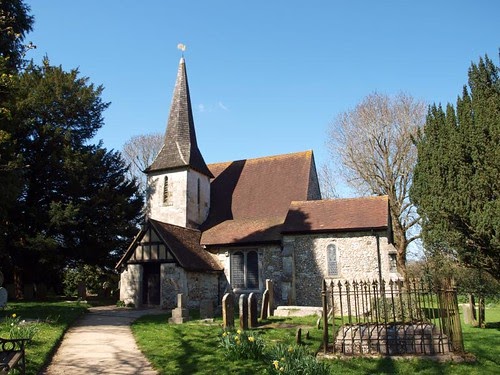
Chaldon Church is of Saxon Foundation and is recorded in the Charter of Frithwald, dated 727 AD
Charlwood
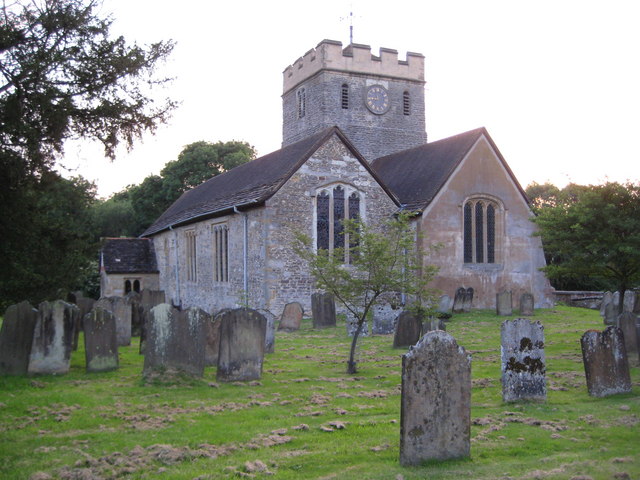
Mesolithic camps have been found dating back to 5000 BC. St Nicholas’ church dates from 1080
Cheam

Parts of Cheam may have belonged to Chertsey Abbey in the Saxon period.
Chelsham

St Leonards Church probably dates back to the 12th century and was originally built using flint and firestone.
Chessington

The church of St Mary’s has stood on its hilltop position, at the corner of Church Lane and Garrison Lane, in Chessington since the twelfth century.
Chipstead

The first mention of a court of the Manor of Chipstead being held was in 1234 by Roger de Clare.
Clapham
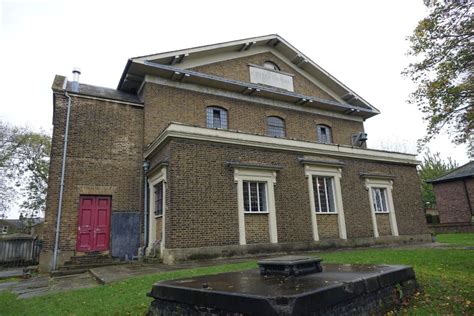
The Parish of St Paul's Clapham is located in a diverse and ethnically mixed area of South London.
Coulsdon

The church stands on the site of an earlier wooden church and is mentioned in the Domesday Book of 1086
Crowhurst

The Church site includes records of Baptisms, Marriages & Burials
Croydon
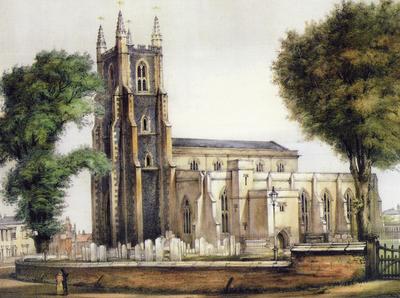
Croydon Minster has a long and distinguished history. It is believed to have been founded in Saxon times, since there is a record of “a priest of Croydon” in 960
Cuddington

The name Cuddington is believed to mean “Cuda’s farm”: Cuda was perhaps an Anglo-Saxon who founded a settlement in today’s Nonsuch Park.
Deptford

Hatcham became part of Deptford, Kent Parish in 1730, though still in Surrey
Epsom

Up till 1848 a watch-house, with a sort of wooden steeple, stood in the middle of it, where the present clock tower stands.
Ewell

The date on which a church was first built in Ewell has not yet been established, but historians think it likely that there was one from early, possibly Saxon, times.
Farleigh

St Mary, Farleigh, Parish Records (1678-1954) held at the Surrey History Centre.
Fetcham

The nave and the north arcade of the church are probably early 11th century and the base of the tower is late 12th century.
Gatton

This is one of the oldest parishes in Surrey
Godstone

Godstone was known as Walchnestead and entered into the Doomsday Book.
Headley

Headley is a parish with a long history but, as in the case of very many isolated settlements of Saxon and later times, very little is known of its earliest days
Horley
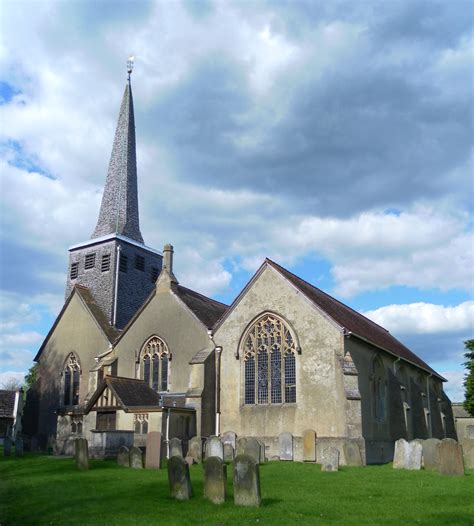
In the Doomsday Book of 1086, the Manor was within the hundred known as Cherchefelle which in 1199 became known as Reigate.
Horne

A catalogue of the St Mary, Horne, Parish Records (1614-1931) held at the Surrey History Centre.
Kew

The first Church on this site was built in 1714 on land given by Queen Anne, and largely at her expense
Kingston-upon-Thames
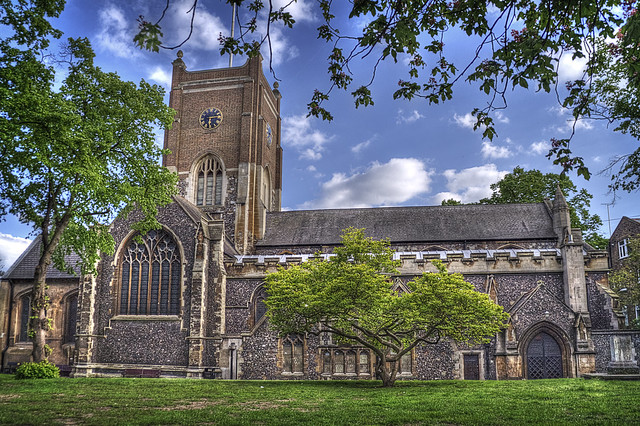
In 1921 the Chapel of Holy Trinity was dedicated as the Regimental War Memorial of the East Surrey Regiment.
From the entry in Domesday Book we know that there was a church dedicated to St. Mary in Lambeth before the Norman Conquest.
The County Court was held here until Henry III (1216-72) removed it to Guildford.
A hoard of 62 Roman silver denari was discovered in a field at Swains Farm in 2004.
The first record of a church in limpsfield is in the Domesday Survey in 1086.
Lingfield was first mentioned in the late 9th Century.
It was at the time of the Domesday Survey in Kingston Hundred.
Malden appears in Domesday Book of 1086 as Meldone, held partly by William de Wateville and partly by Robert de Wateville.
Merstham

The village lay within the Reigate hundred, an Anglo-Saxon glo-Saxon administrative division. Its name was recorded in 947 as Mearsætham
Merton

The River Wandle flowing north towards Wandsworthandsworth, had for centuri watermills driven watermills and provided water for a number of industrial processes.
Mickleham

Ninety Victorian workmen, 'considered navvies' died in an accident when a tunnel they were working on collapsed, through Norbury Park, within the parish.
Mitcham
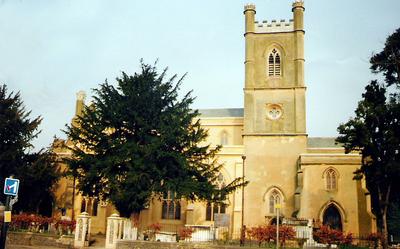
During her reign Queen Elizabeth (the first) made at least five visits to the area.
Morden

Human activity in Morden dates back to the Iron age period when Celticeltic tribes are known to have occupied the area.




